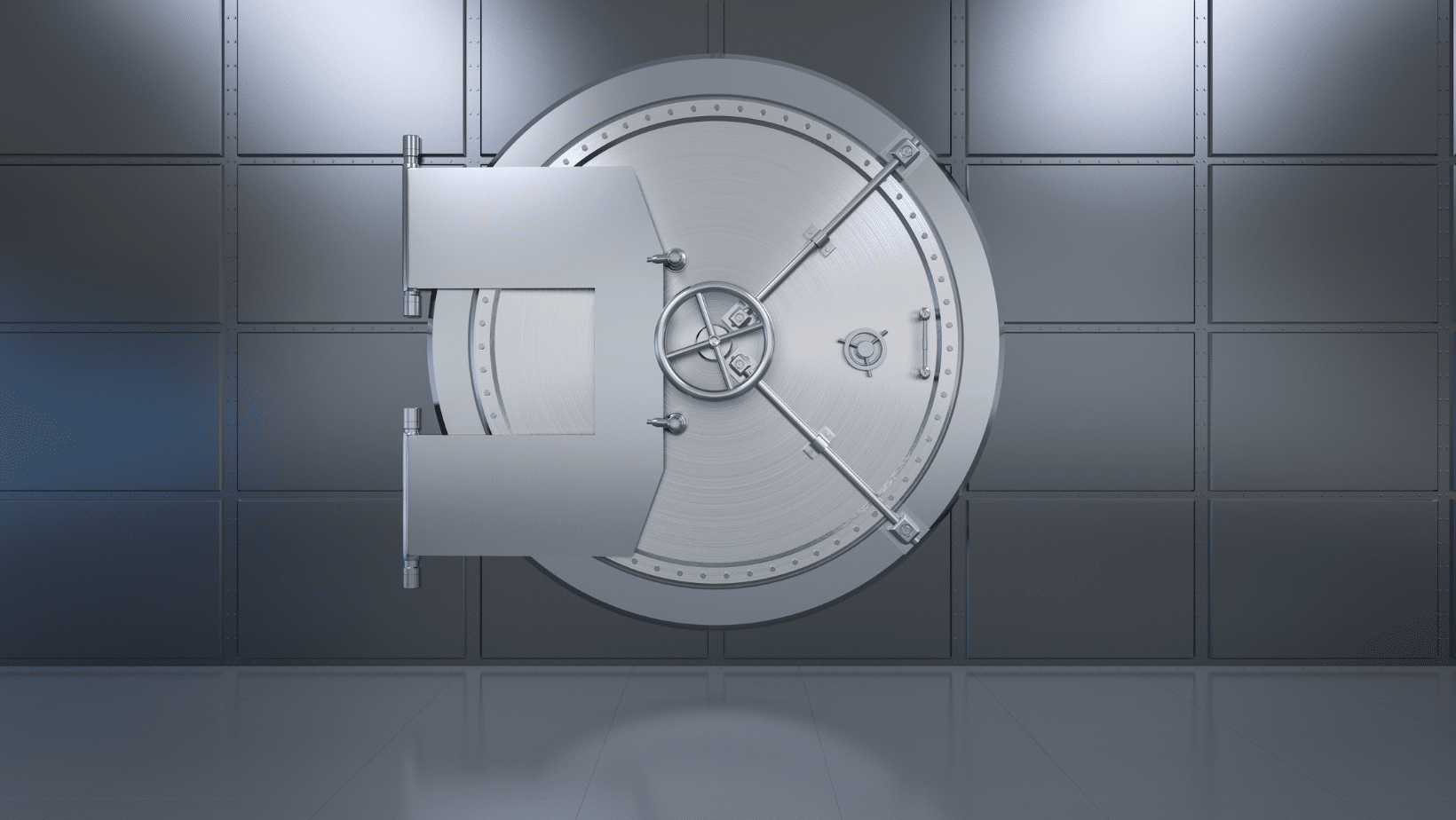
Managing back office cash is a constant challenge for retailers. Retail cash automation is one way they can address several back office cash management problems. Increasingly, retailers are using cash deposit devices such as smart safes to increase the efficiency and security of cash in their stores.
But smart safes and other cash deposit devices aren’t created equal. These products vary widely in features and functionality such as physical size and note capacity. Each of these specifications addresses a particular need and determines which device is best suited to your cash environment.
One significant difference in smart safe features is the method used to store banknotes in the safe. There are three primary note storage methods and each has an impact cash management labor and costs.
Loose Note Storage
Many deposit devices feature loose note storage. This means that as notes are deposited to the safe, they fall into a loose canvas or plastic bag. This basic collection method is the most prevalent in smart safes and other deposit devices. It’s a low-tech solution that promotes high-capacity storage but requires additional handling on the back end. When the bag reaches a cash processing center, the loose notes must be gathered into stacks for cash sorting machines. This extra labor results in additional processing fees from CIT providers.
Cassette-based Storage
Some cash deposit devices send cash directly into storage cassettes inside the safe. In contrast to loose note bags, cassettes simplify back office CIT operations by presenting notes for pickup that are already in an organized stack and ready to be counted.
A primary issue with this storage method is that the cassettes, whether plastic or metal, get damaged and must be repaired or replaced. Armored car teams are under pressure to visit customers in a timely manner so having to switch out damaged cassettes negatively impacts their schedule. There’s also the added cost of maintaining an inventory of spare cassettes for an inevitable malfunction. The money saved in cash processing fees could be eaten up by cassette maintenance costs.
Stacked Bag Storage
The third solution is a combination of the first two methods. Stacked bag storage uses a simple, low-budget plastic bag but notes are stacked neatly as they are deposited to the bag. This method offers the convenience of bag storage but with the benefit of orderly stacks found in cassettes. Your CIT service is able to easily retrieve the bag from the safe and the stack of notes is ready for processing so you don’t incur additional fees.
Each of these banknote collection and storage techniques has positives and negatives. In our research, we’ve found that stacking plastic bag storage allows retailers to significantly cut CIT costs by eliminating additional processing fees at the cash center. When these savings are compounded with more efficient CIT service, retailers have found smart safes quickly pay for themselves.

